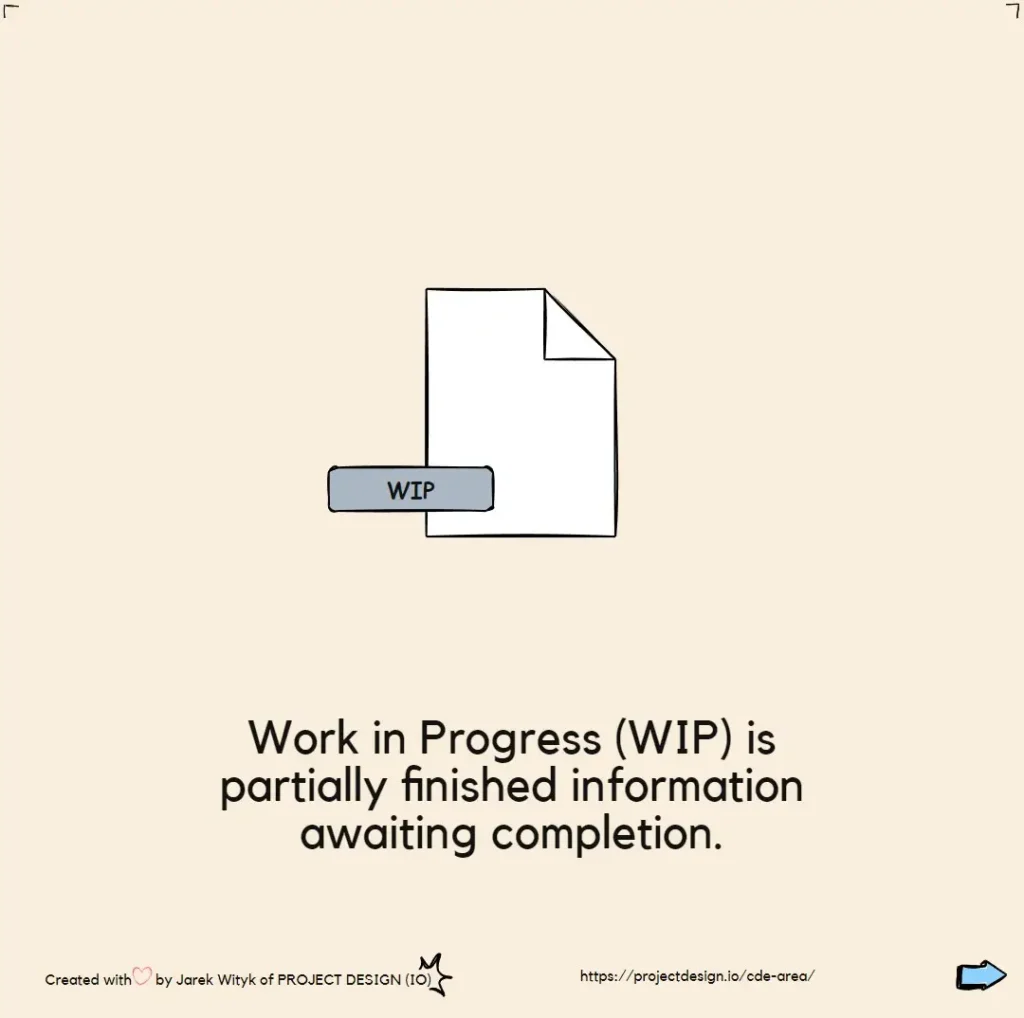Project management focuses on project completion by the execution of various processes.
Most of the workflows comprising repetitive tasks can be optimised by applying workflow management systems. Automation-optimized business processes can increase operational efficiency, improve employee performance, and increase competitive advantages. The development of the workflows should consider the delivery and operational phase; therefore, the potential Lead Appointed Party should ensure that the Appointing Party requirements are considered, and if not defined within EIRs it is the Lead Appointed Party’s responsibility to guide the Appointing Party (client) as shown in Figure 1

Lead Appointed Party and the potential Appointed Parties should have an effective workflow management system at the organisational level. The MD Lead Appointed Party, and the remaining potential delivery’s team can benefit from aligning their organisational workflow management systems to identify, measure, and analyse the execution processes and activities associated with a project procedure, consequently allowing continuous improvements.
Workflow management systems are often applied to routine, repeatable activities associated with the business processes. They can be integrated with internal and external stakeholders via API software-as-a-service (SaaS) products. [2]
Detailed documentation of the workflow supports efficient human resource change during the project lifecycle. Workflows should be structured to help to meet deadlines, project requirements and budget. If a resource becomes unavailable during project delivery or asset operation, a new team or team member can continue the task without undue time waste with an effectively implemented workflow.
Essential prerequisites of the transition of Project Information Models (PIM) to Asset Information Model (AIM) allowing efficient use of the information by FM team during operation phase:
Information users
- identification of who will consume PIM & AIM information contained or associated with the project, including cost and schedule.
- contracts, third-party agreement approvals and configurable workflows
- materials tracking and management, equipment utilization
- safety monitoring from site photo analysis and worker sensors.
Advanced Information models
- establishment of purpose taking into consideration whole the life cycle, forming the basis for:
- advanced work packaging,
- work stage planning,
- handover, operations and maintenance.
- consideration of efficient functioning, maintenance and storage of all communication, including review processes associated with the information models throughout the project lifespan.
Handover
- establishment of the AIM requirements in EIR to reduce changes
- consideration and selection of BIM technologies for integrated dynamic delivery included in EIR as part of the deliverable.
Handing over the planning, construction and operation phases tends to be an immense and complicated task. Typically, hundreds of management hours are required to capture ever-changing requirements resulted in Project Information Models (PIMs), hence the importance of setting up and communicating project requirements and identifying prospective scope gaps or training requirements. [3]
[1] M. Coyne, “BIM in Operation,” 2020-21 PDE4302 Operational BIM Management Week 14 – Module 3 – 20th Jan 2021, Jan. 2021.
[2] A. DiCaterino, K. Larsen, M.-H. Tang, and W.-L. Wang, “An Introduction to Workflow Management Systems,” CTG University Albany, Nov. 1997, Accessed: Jan. 16, 2021. [Online]. Available:
[3] F. Weiss, “Reimagining BIM Its About Delivery and DataNot Just Design,” Jan. 16, 2020. (accessed Jan. 23, 2021).


